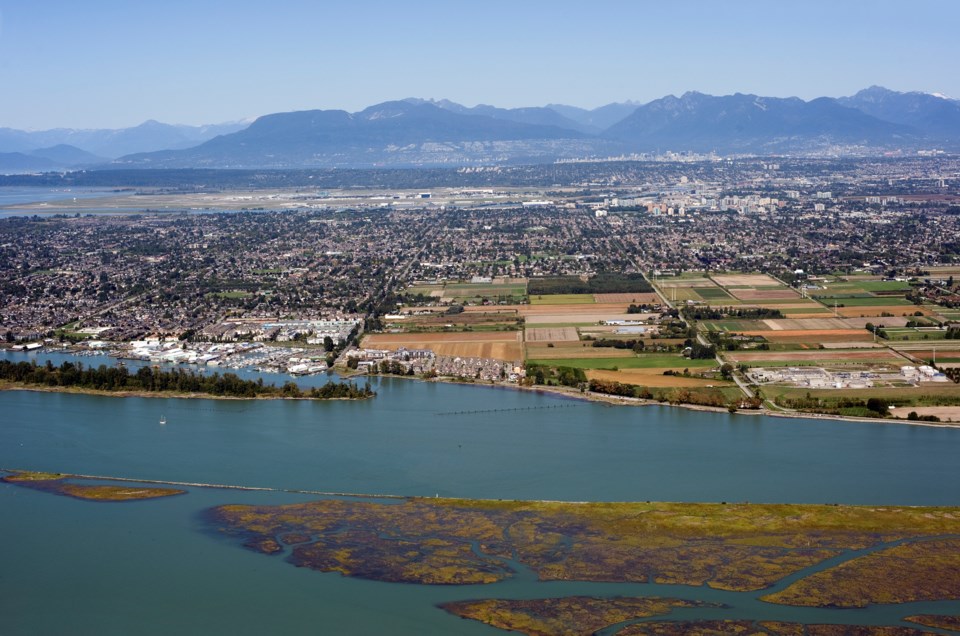Richmond's population has grown to nearly 210,000 over the past five years -- an increase of about six per cent, according to the latest data from Statistics Canada.
The agency released on Wednesday new population and dwelling numbers for Canada, based on the results of the 2021 census.
The data reveals that Richmond’s population grew from 198,309 in 2016 to 209,937 in 2021, an increase of 5.9 per cent.
This compares to the provincial population change of 7.6 per cent and national of 5.2 per cent.
The city remains the fourth most populated in B.C. – a position it has held since 1976, when it surpassed Saanich. Ahead of Richmond are Vancouver (population of 662,248) Surrey (population of 568,322), and Burnaby (249,125 population).
Nationally, Richmond’s population rank is 26 of 4,831.
As of 2021, there are 85,035 private dwellings in Richmond, 81,080 of which are occupied by their usual residents (people who permanently live there). The number of occupied private dwellings is up 10.4 per cent from 2016.
Richmond’s land area is 128.87 square kilometres, according to Statistics Canada, with a population density of 1,629 people per square kilometre.
In B.C., the population increased from 4.6 million in 2016 to five million in 2021, while the national population grew from 35,151,728 to 36,991,981.
According to Statistics Canada, nearly four-fifths of the 1.8 million population increase across Canada was due to either permanent or temporary immigrants.
Immigration also continues to be the “main driver” for most provinces and territories, particularly for B.C. and Prince Edward Island.



